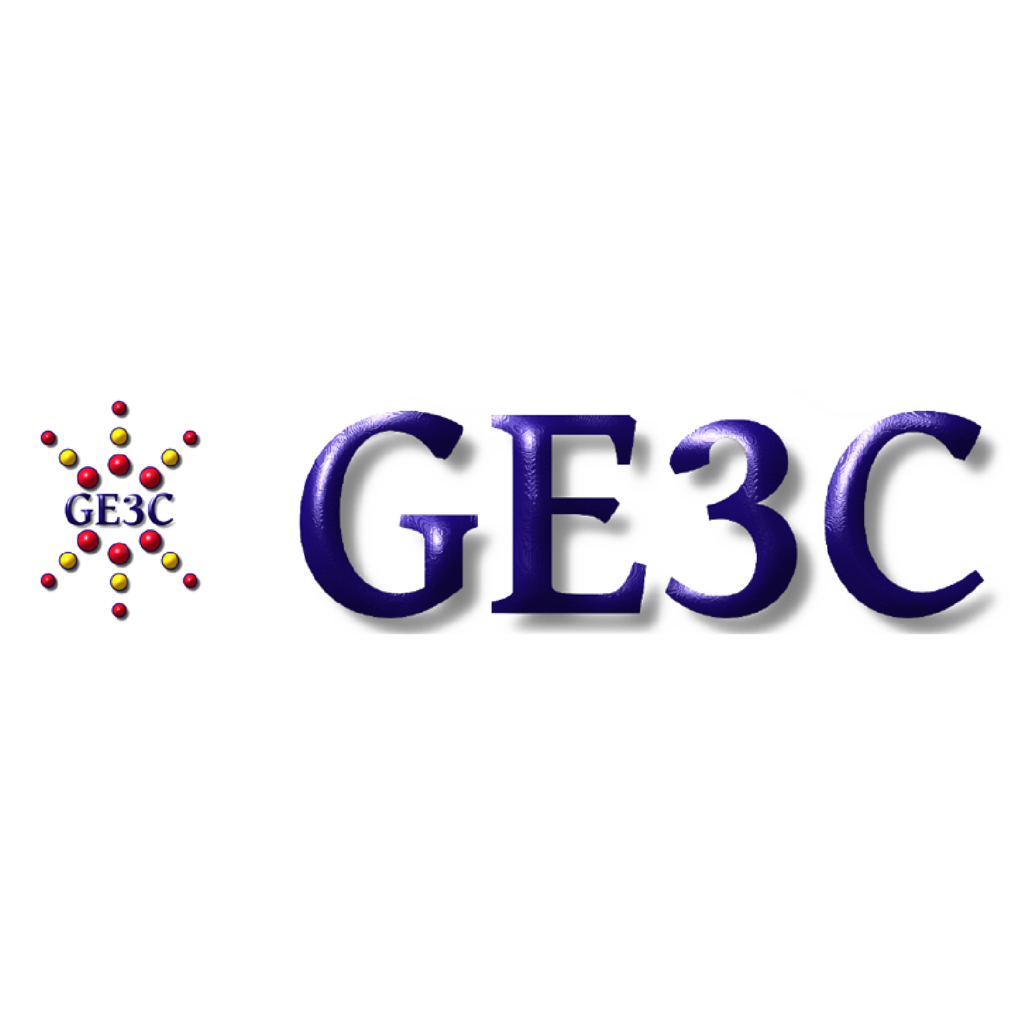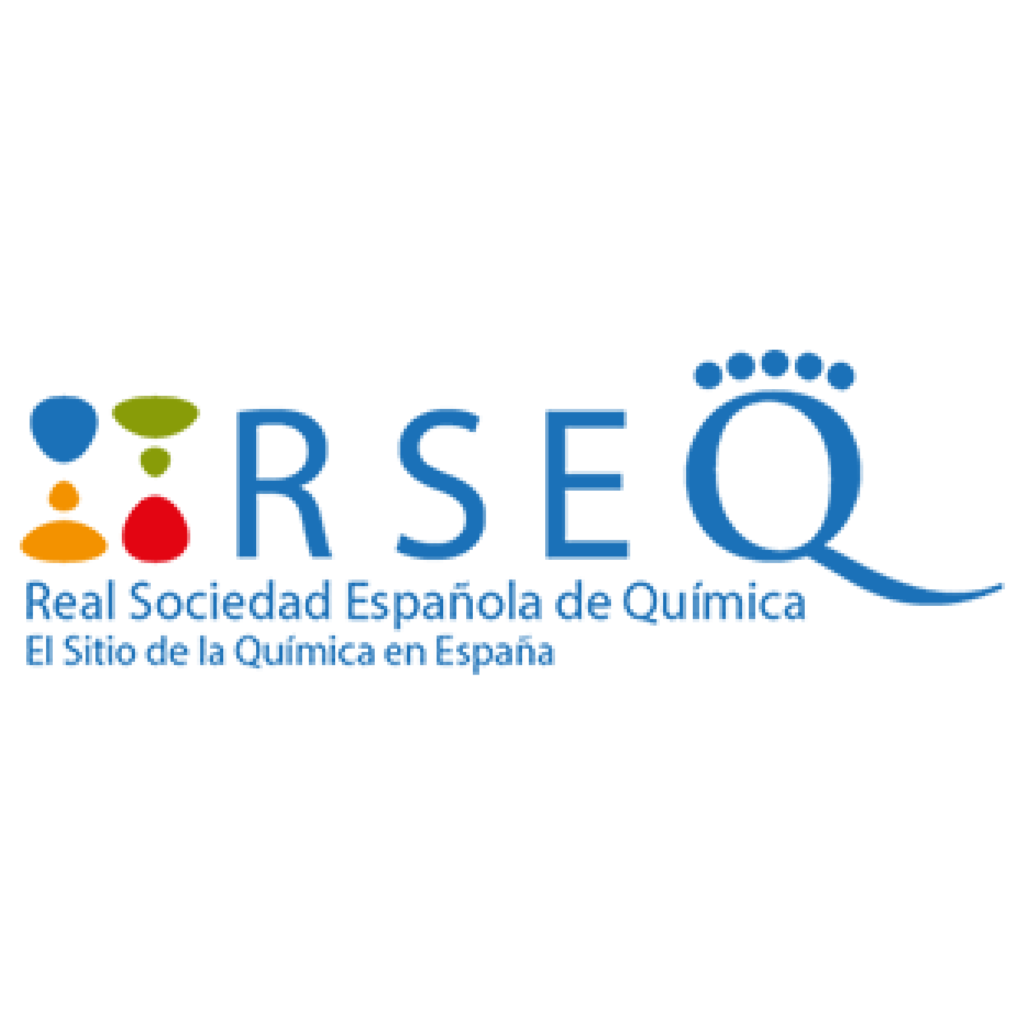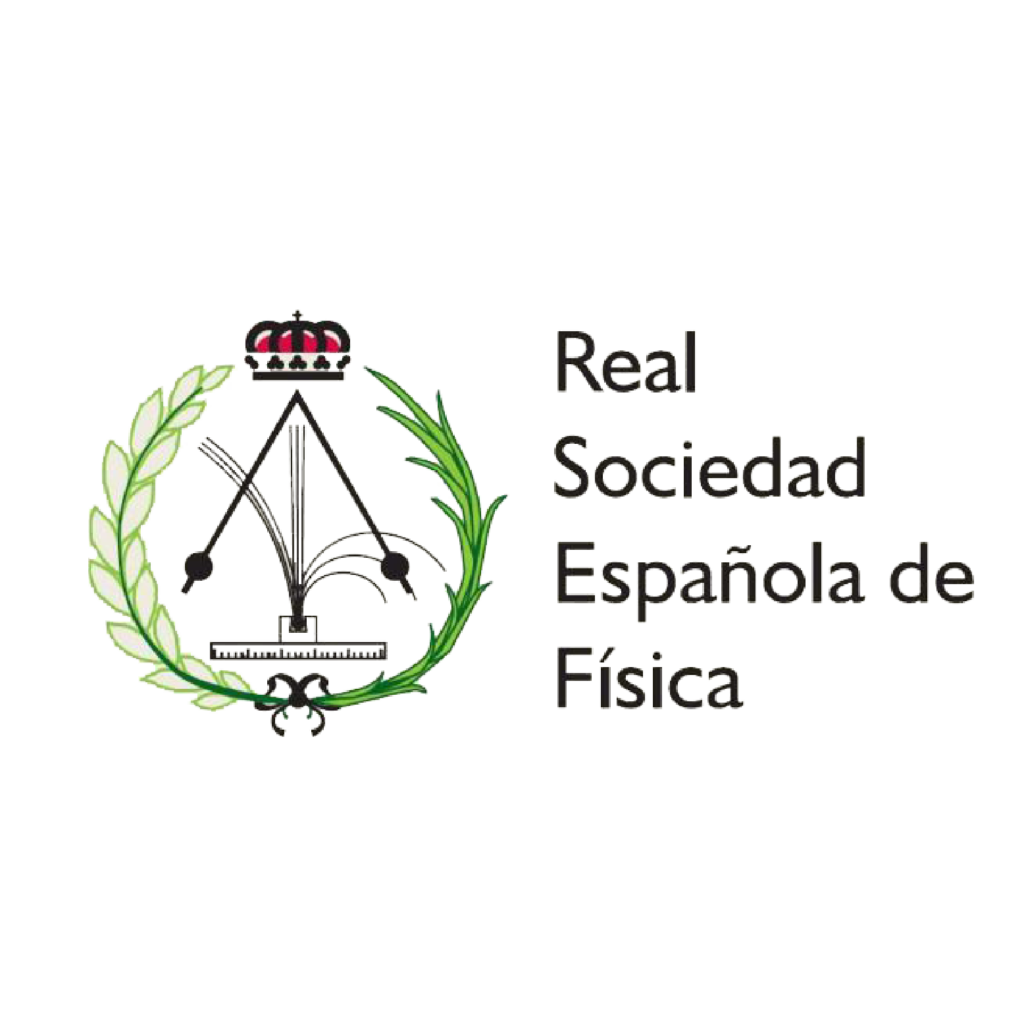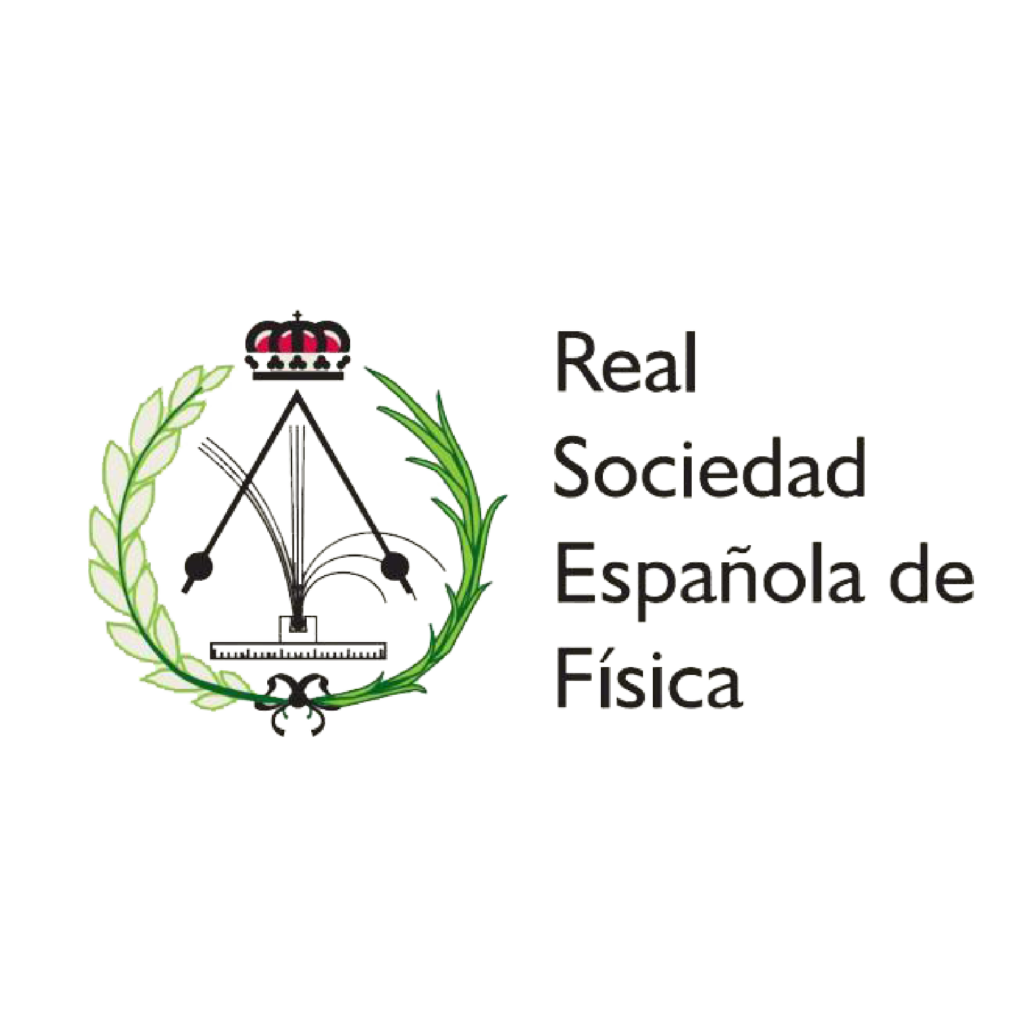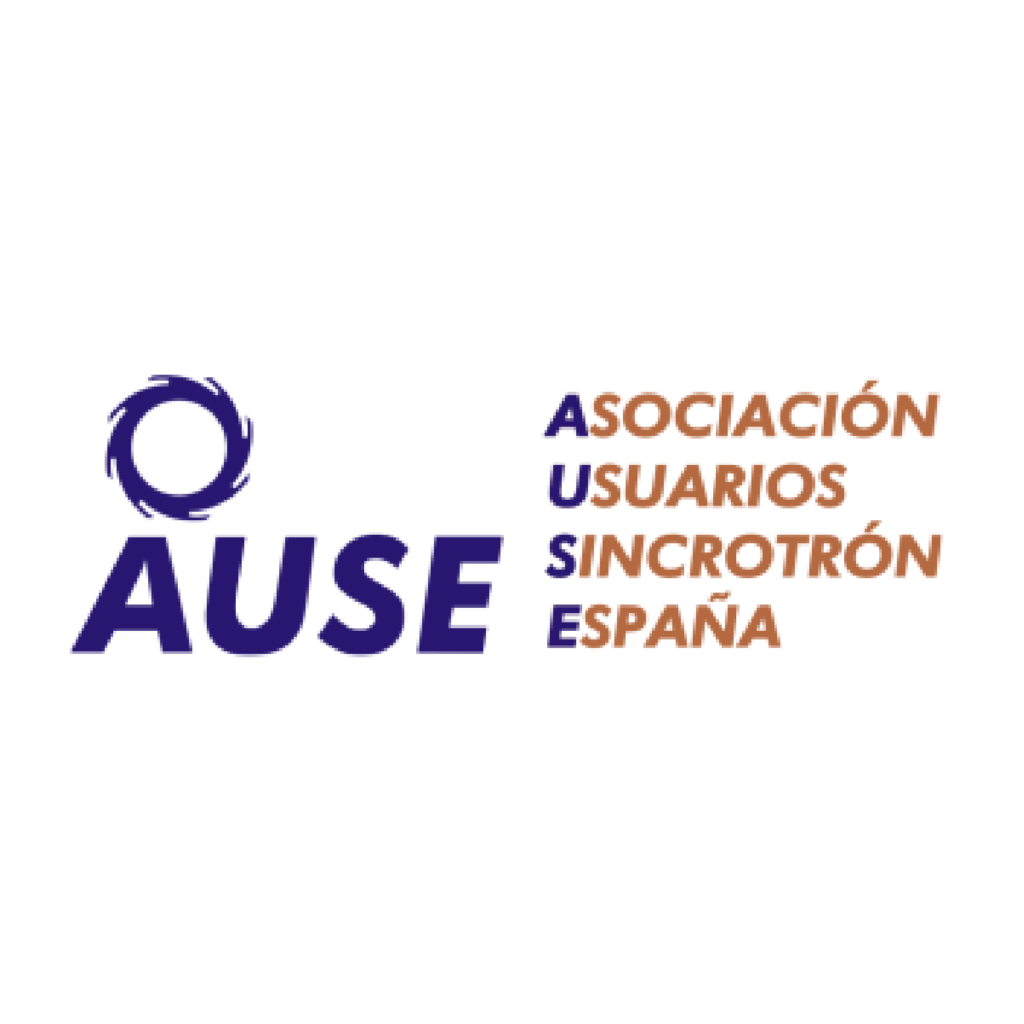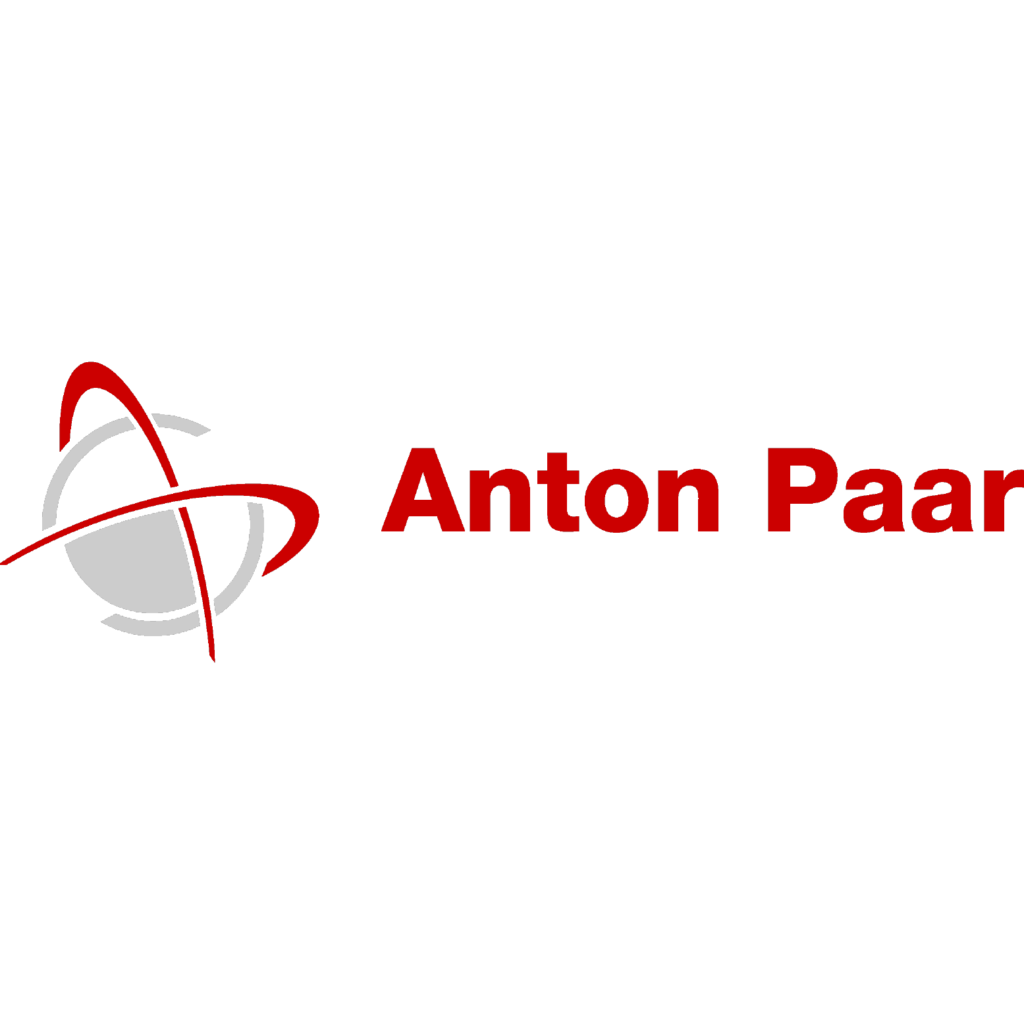Prof. Aitziber Cortajarena earned her Ph.D. in Biochemistry from the Universidad del País Vasco in 2002. Then, she worked on protein design in the group of Dr. Lynne Regan at Yale University, USA, as a Postdoctoral Fellow and Associate Research Scientist. She joined IMDEA Nanociencia in 2010 and started her independent research in nanobiotechnology. In 2016, she joined CIC biomaGUNE as Ikerbasque Research Professor. Currently, she leads the Biomolecular Nanotechnology group and is Scientific Director at CIC biomaGUNE.
Her research focuses on protein engineering toward the generation of functional nanostructures and bioinspired materials for applications in nanobiotechnology and nanomedicine.
Abstract:
Crystal Assembly Design through Protein Engineering and Contact Modulation Strategies
Ordered protein-based biomaterials are highly desirable due to their applications in templating, coating, sensing, bioelectronics, catalysis, etc. This has recently spurred the development, among others, of novel 2D crystalline materials. However, de novo design of 2D materials is labour-intensive, and these materials are primarily designed as support scaffolds, as the entirety of the designed structure is required for the maintenance of structural integrity. In contrast, during protein crystallization, proteins naturally establish contacts with their neighbouring protein units, creating macroscopic three-dimension scaffolds, i.e. crystals.
We have explored strategies that rely on re-engineering interactions within the innate crystal contacts. On one hand, we demonstrate the potential to generate diverse crystalline protein frameworks by tuning the innate metal coordination preferences, guiding protein assembly for engineered consensus tetratricopeptide repeat (CTPR) proteins. Our findings illustrate that multiple crystal lattices can be obtained from the same protein, solely through the direction of metal ions, and without the need for protein surface engineering. On the other hand, we have developed strategies to create ordered protein-based biomaterials by re-engineering protein-protein interactions that maintain the crystalline lattice of 3D protein crystals. By strategically eliminating residues involved in the crystal contacts in CTPR proteins, we direct the protein to assemble into a 2D monolayers or 3D tubular structures. Overall, crystal contact engineering offers a rapid and attractive approach for designing ordered protein assemblies.


